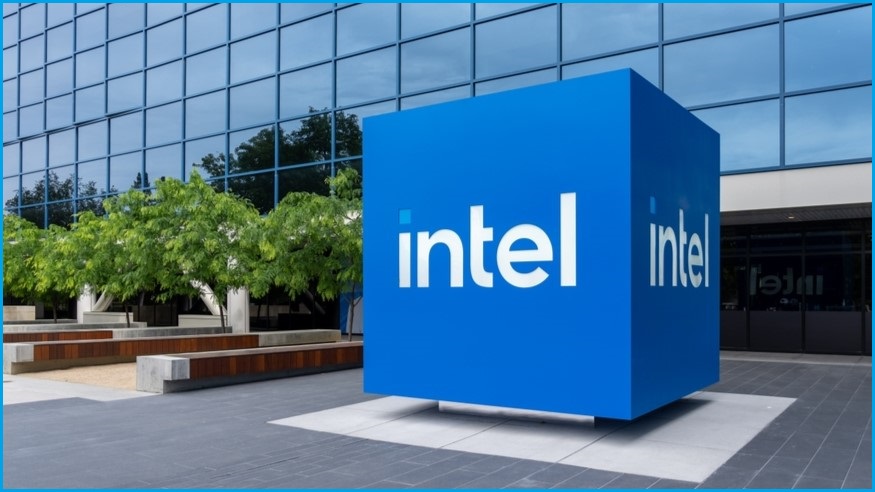American tech multinational Intel will shed 15,000 jobs in an effort to save billions of dollars after “disappointing” financial results.
Intel CEO Pat Gelsinger announced the job cuts in a note to employees on Thursday, the same day the company reported a loss of $2.46 billion ($US1.6 billion) for the second quarter of 2024.
Gelsinger said the company would be taking “significant actions to reduce our costs” in an attempt to save $15 billion ($US10 billion) next year.
These actions will include cutting 15 per cent of Intel’s total workforce, or about 15,000 roles.
“This is an incredibly hard day for Intel as we are making some of the most consequential changes in our company’s history,” Gelsinger said in the message to employees.
“We are making the changes necessary to build on our progress and usher in a new era of growth.”
An Intel spokesperson declined to reveal how many of these job cuts will impact Australia or the Asia-Pacific region.
While Intel currently 174 job listings for its US operation, there are none for the Australia region.
The announcement coincided with the release of Intel’s 2024 second quarter financial results, which revealed its revenue had dropped by 1 per cent year-on-year to $19.6 billion ($US12.8 billion).
The company also reported an income loss of $2.46 billion for the quarter.
“Our Q2 financial performance was disappointing, even as we hit key product and process technology milestones,” Gelsinger said.
“Second-half trends are more challenging than we previously expected, and we are leveraging our new operating model to take decisive actions that will improve operating and capital efficiencies.”
Losing the AI race
Intel has been a leading chipmaker for decades, and previously dominated the market by providing its products to both Macs and PCs.
But it has recently struggled to stay competitive with its main rivals, including when it comes to AI-powered chips.
Intel-rival Nvidia recently became the most valuable public company in the world thanks to huge demand for its high-end graphics processing units which are playing a central role in the explosion in popularity of artificial intelligence computing.
To help remain competitive, Intel will now be trying to reduce operational costs, simplify its portfolio, and eliminate complexity.
“We must align our cost structure with our new operating model and fundamentally change the way we operate,” Gelsinger said.
“Our revenues have not grown as expected – and we’ve yet to fully benefit from powerful trends like AI.
“Our costs are too high, our margins are too low.
“We need bolder action to address both – particularly given our financial results and outlook for the second half of 2025, which is tougher than previously expected.”
There have been a number of significant job cuts across the tech sector this year.
Tesla announced in April that it would be slashing 10 per cent of its workforce with 14,000 job losses, while PayPal moved to reduce its workforce by 2,500 people, equating to 9 per cent of its total workforce.
In Australia, Telstra recently announced plans to reduce its workforce by 10 per cent, with 2,800 jobs to be lost.
According to layoffs.fyi, there have been nearly 110,000 layoffs across 380 tech companies in 2024 so far.










